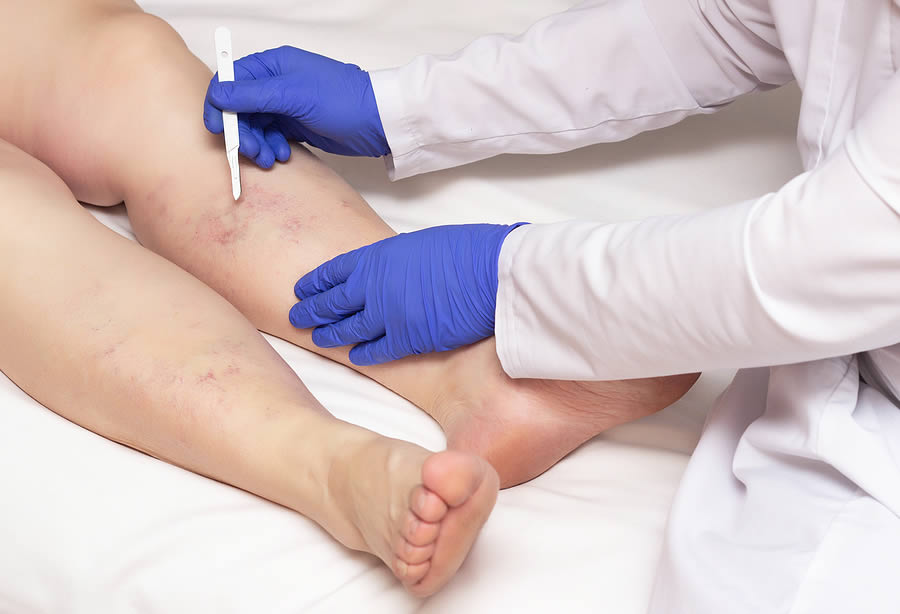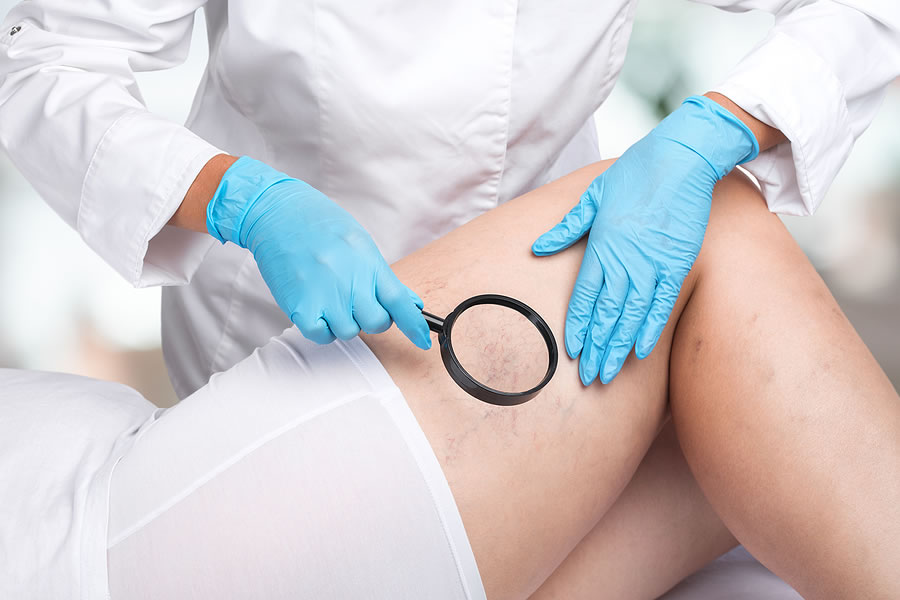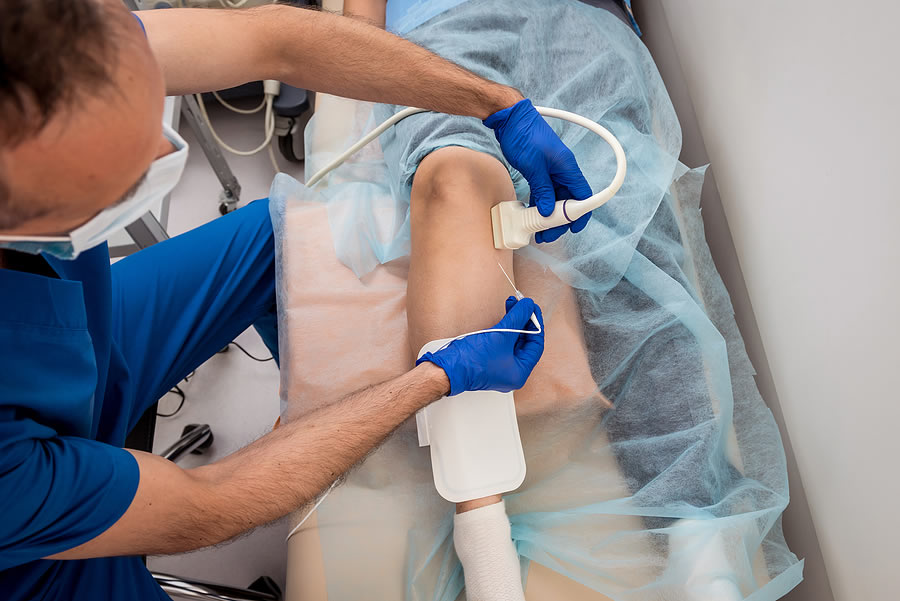
Varicose veins are enlarged, twisted veins that appear on the surface of the skin, typically in the legs and feet, and occur when the valves within the veins that help regulate blood flow become weak or damaged. While varicose veins are generally not considered a severe medical condition, they can cause discomfort and affect the quality of life. Fortunately, there are treatment options available, and a venous phlebectomy is one of them. Let’s explore varicose veins and venous phlebectomy in more depth.
Varicose is stuffed, twisted veins that often appear swollen and bulging, typically blue or dark purple in color. They most commonly occur near the surface of the legs and can be seen through the skin.
The primary cause of varicose veins is venous insufficiency, which occurs when the valves in the veins become weak or damaged. Normally, these valves are responsible for ensuring that blood flows in one direction, towards the heart. When these valves malfunction, blood can flow backward and accumulate in the veins, causing the veins to enlarge and become abnormally swollen.

Those varicose veins are generally not considered a severe medical condition, they can cause symptoms such as pain, aching, heaviness, or a feeling of tiredness in the legs. Other common symptoms include swelling, itching, and cramping in the affected areas.
So, what is the cause of varicose veins? Several factors can contribute to the development of varicose veins, including age, genetics, gender, prolonged standing or sitting, obesity, and a sedentary lifestyle. Further, women are more prone to varicose veins due to hormonal changes during pregnancy, menopause, and the use of birth control pills.
Though there are a number of treatment options for varicose veins, including lifestyle changes such as exercise, elevation of the affected legs, and compression leggings, venous phlebectomy is a minimally invasive surgical procedure used to treat larger varicose veins that are closer to the surface of the skin and more easily accessible.
During a venous phlebectomy, small incisions are made over the affected veins, usually under local anesthesia. Special hooks or instruments are then used to remove the targeted varicose veins through these tiny incisions. The procedure is guided by visual inspection and palpation to identify and remove the diseased veins while preserving the healthy ones.

Venous phlebectomy is an effective treatment option that provides both cosmetic improvement and symptom relief, such as reducing pain, swelling, and discomfort associated with varicose veins.
One of the significant advantages of venous phlebectomy is its minimally invasive nature, which typically results in minimal scarring and a relatively quick recovery compared to more invasive procedures. Patients can often resume their daily activities shortly after the procedure, although strenuous activities and heavy lifting may be restricted for a short period.
Remember, this information is not a substitute for professional medical advice. If you have concerns about varicose veins or are considering venous phlebectomy, you are welcome to call Cardiovascular Specialists of York and schedule an appointment with a cardiologist, or heart doctor.